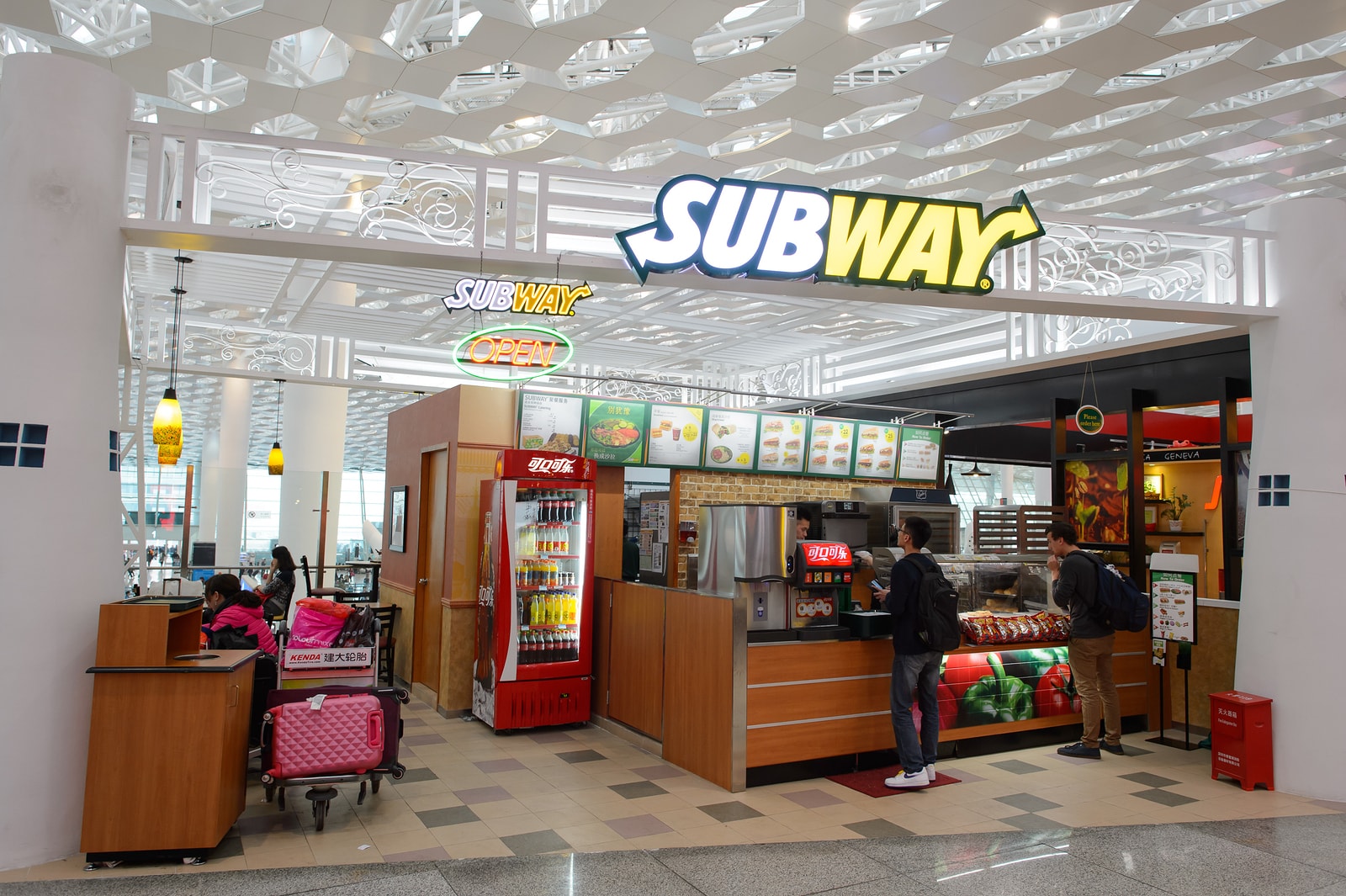
The trinity of burgers, fries and milkshakes has become a part of Americana.
Fast food has ingrained itself in American culture, and for years, Subway has worked to stand out from the crowd. Its health-conscious, fresh ingredients, multi-grain approach has gone against the grain of traditional fast food, and now it’s one of the first food chains in the country to include calorie counts on its menu boards.
“For years it has been a priority for Subway sandwich shops to share full nutrition information with our guests so they can make more informed meal choices,” dietitian Lanette Kovachi, MS, RDN of Subway said in a statement.
This isn’t out of character for Subway. It’s been advertising the nutritional information of its products for almost 20 years, and in 2007, it actually added calorie counts to menus in its New York City locations.
New York City menus aside, Subway has complied with the FDA’s move almost eight months earlier that it had to.
Back in November 2014, the U.S. Food and Drug Administration announced that all chain establishments that sell food – restaurants, food shops, coffee shops, convenience stores, etc. – must post nutritional information on their menus. The deadline for the change was originally July 2015, but the industry requested an additional year to comply.
The FDA moved the deadline to Dec. 1, 2016, but that date is still being discussed.
Labeling Requirements
The FDA wants to provide customers with consistent nutrition information in a way that is direct and clear. Posting calories and other nutritional information on menu boards will, ideally, help people make healthier dietary choices.
You Might Also Enjoy: Students Who Eat Breakfast Less Likely to Become Overweight
Here are a few of the labeling mandates:
- Calorie information for standard menu items will be listed on menus and menu boards.
- Menus will have a brief statement about suggested daily caloric intake.
- Other nutritional information, like total calories, calories from fat, total fat, saturated fat, trans fat, cholesterol, sodium, total carbohydrates, fibers, sugar and protein will be made available upon request.
- Menus will inform customers that extra nutritional information is available upon request.
Foods that Fall Under the Mandate
This mandate applies only to certain types of businesses. If a business is (1) part of a chain of 20+ locations, (2) doing business under the same name as those other locations, and (3) offering similar menu items for sale as the other locations, then it’s caught under the mandate.
If a restaurant fits the criteria above, then calorie information must be provided for the following types of food:
- Meals from sit-down restaurants
- Foods purchased at drive-through windows
- Take-out food, such as pizza or Chinese
- Foods, such as made-to-order sandwiches, ordered from a menu or menu board at a grocery store or delicatessen
- Foods you serve yourself from a salad or hot food bar
- Muffins at a bakery or coffee shop
- Popcorn purchased at a movie theater or amusement park
- A scoop of ice cream, milkshake or sundae from an ice cream store
- Hot dogs or frozen drinks prepared on site in a convenience or warehouse store
- Certain alcoholic beverages
Foods purchased in a grocery store – ones that require preparation to eat, like deli meat or cheese – won’t be covered by the FDA’s mandate.
Subway, which has built its brand on health-conscious fast food decisions, was quick to comply.
“We want consumers to know the calorie value of our sandwiches and salads,” Kovachi said, “but we also want them to know that many of our menu items contain quality calories and are packed with beneficial nutrients from whole grains, lean meats and the wide range of vegetables we serve.”









